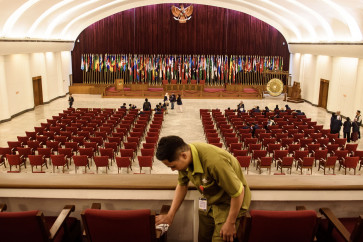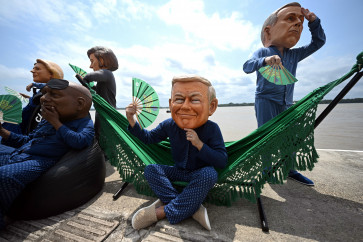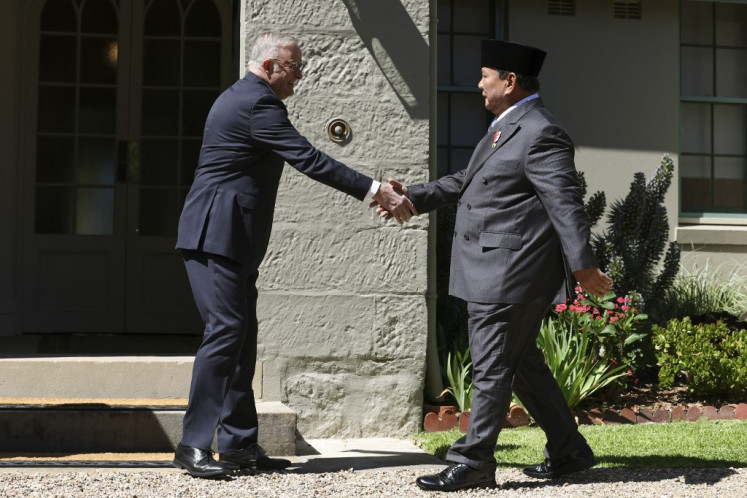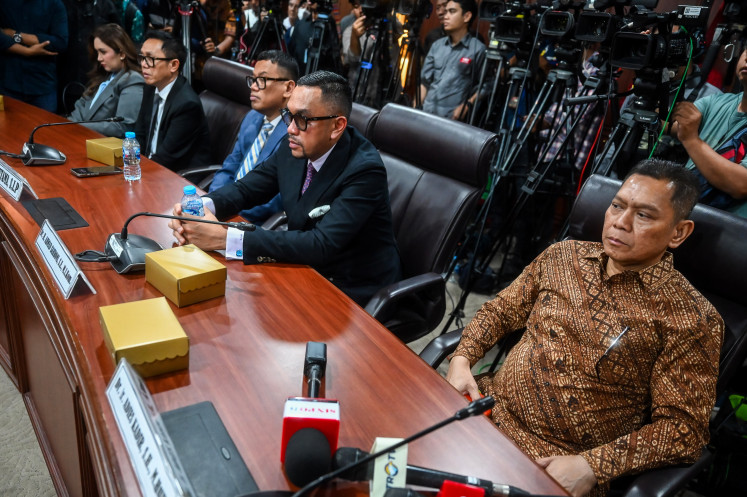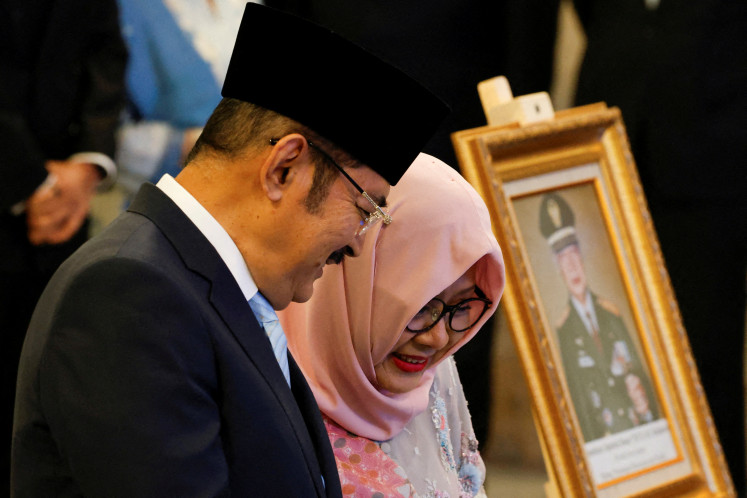Popular Reads
Top Results
Can't find what you're looking for?
View all search resultsPopular Reads
Top Results
Can't find what you're looking for?
View all search resultsFootprints of a New Order economic czar
The book’s launch could not have been better timed
Change text size
Gift Premium Articles
to Anyone
T
he book’s launch could not have been better timed. Economic crises in rich countries are making headlines, and here is a book about how Indonesia rode out a crisis of its own.
Scanning the news while delving into Indonesia’s economic crisis in the 1960s is a rare treat.
Indonesia had endured a terrible state budget deficit, inflation and widespread unemployment similar to what rich countries are faced with today, on top of its more acute food scarcity and poverty problems.
The US, UK and Europe are suffering from an enormous overhang of accumulated debt just like Indonesia was in the 1960s.
As early as the 1980s, Widjojo Nitisastro was convinced that the world economy was freewheeling into stagnation.
The US and European economies today are projected to grow less than two percent this year, and global recession is imminent.
Widjojo urged world leaders in a 1982 Davos symposium to correct the world economy’s structural malfunctions.
But progress has been painfully slow. Wealth has continued to flow from poor to rich countries in the following decades, thanks to the enormous debt offered by rich countries.
Warnings of the dangers of the widening rift between rich and poor countries seem to have fallen on deaf ears.
Like a cycle, rich countries appear to repeat history’s mistakes.
The US has resorted to printing more money to plug its budget deficit just as founding president Sukarno did in the 1960s, which had devastating effects.
The value of the rupiah tumbled and inflation roared at 100 percent per year from 1962 to 1964 before it peaked at 650 percent in December 1964.
Indonesia’s foreign reserves fell from US$326.4 million in 1960 to a mere $8.6 million in 1965. Foreign debts amounted to $2.4 billion, but half of that was spent on defense purposes as the war drums were beaten to win Papua (then West Irian) back and to spur Sukarno’s “crust Malaysia” policy.
Sukarno’s grip on power began to slip in 1965 leaving a bankrupt country behind.
Widjojo rescued the country’s economy from bankruptcy amid an incredibly hostile political climate thanks to the prevailing leftist political spectrum.
Rational economic analysis was unheard of in Indonesia in the 1960s. The very mention of it would have sparked hostile responses as Sukarno and his cohorts often dismissed economics as an unimportant subject.
The subtle political nuances of his struggle in the mid-1960s are captured in the earlier part of the book.
How he turned a basket economy into one with a strong growth rate for three decades is the essence of the book, which spans 25 years of his brilliant career up to 1993.
Holding numerous senior government positions in the New Order government including chairman of the National Development Planning Agency and coordinating minister of the economy, finance and industry, Widjojo lifted 34 million people out of poverty from 1970 to 1993, when Indonesia had a population of 190 million people.
He was assisted by his fantastic economic team whose members are now household names such as Subroto, the late Mohammad Sadli, Ali Wardhana and Emil Salim, who wrote the foreword in this book. Many of them, like Widjojo, were graduates of the University of California at Berkeley.
After Soeharto fell from power in 1998, Widjojo, then 84 years old, advised subsequent presidents in an unofficial capacity.
Sadly, the author lies in a bed at a Jakarta hospital and has been unconscious for more than a year.
Divided into 30 chapters, the book has six parts. The first two parts are about the planning and the implementation of Indonesia’s development followed by part three, on the many economic crises including food crisis and the Pertamina crisis that the country has gone through.
Foreign debt settlement, one of Indonesia’s success stories, is dealt with in part four. The last two parts address the issue of equitable development and Indonesia’s role in the global economy.
The book is a must-read for anyone interested in Indonesia’s economy.
The Indonesian Development Experience: A Collection of Writings and Speeches of Widjojo Nitisastro
ISEAS Publishing, Institute of Southeast Asian Studies,
Singapore, 2011
343 pages



